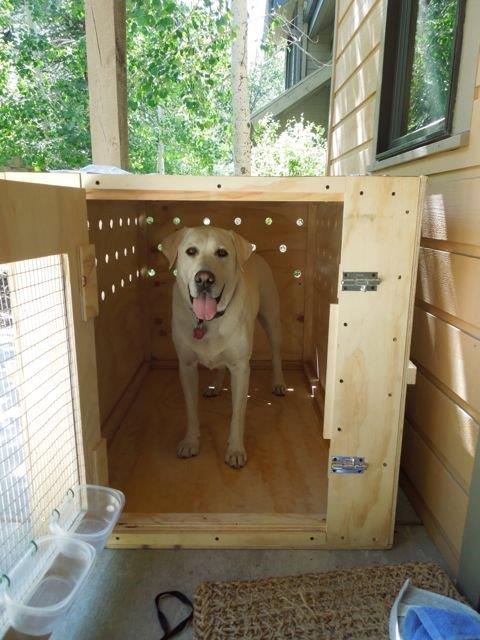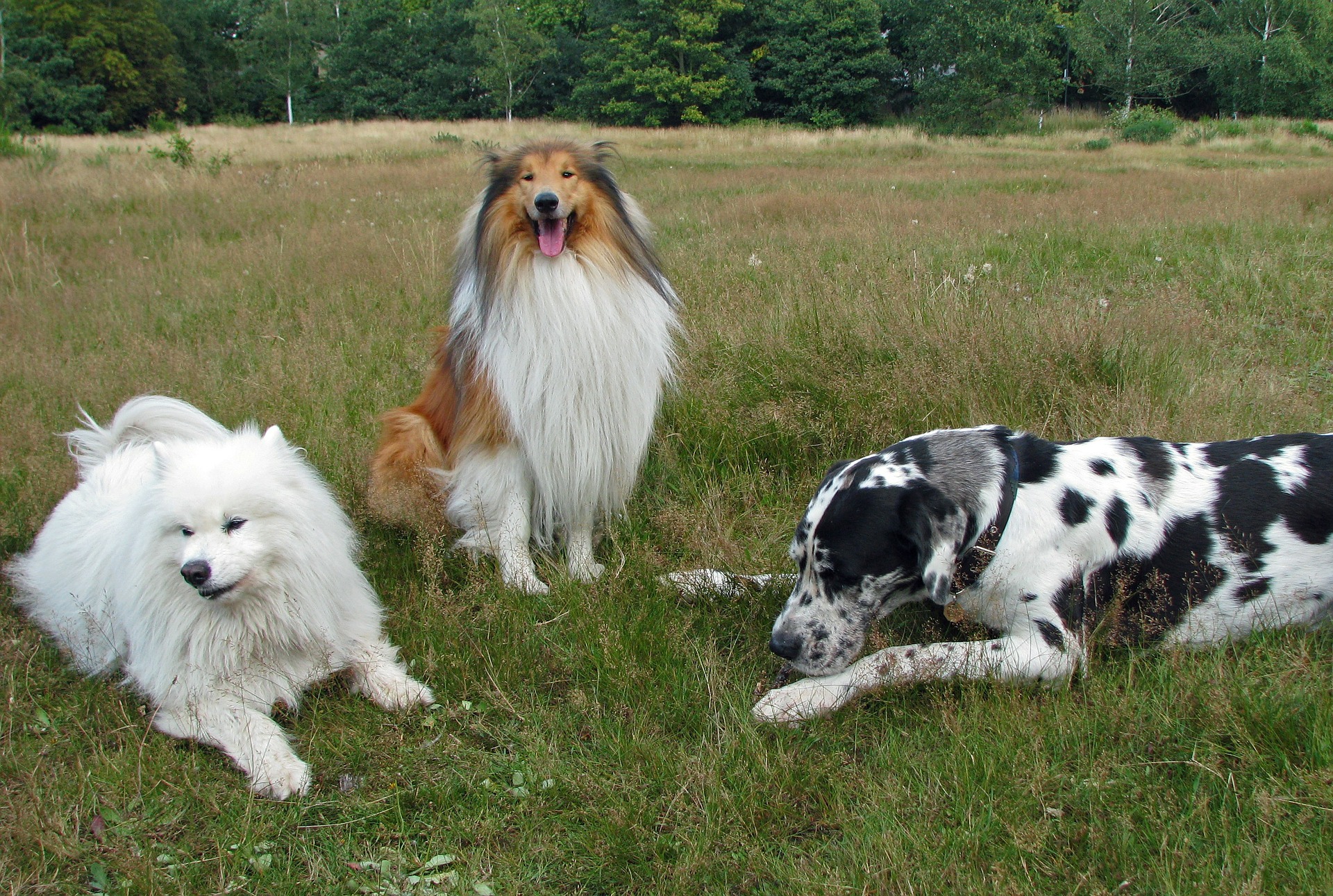Shipping Large Dogs: What to Know and Expect
PetRelocation loves pets of all shapes and sizes. However, if you are planning your relocation and have a large or strong-jawed breed of dog, this can pose some unique obstacles. Here’s what you need to know before relocating with your large dog.
Limitations and Tips for Moving Large and Strong-Jawed Dogs
Many aspects of relocating your pet within the continental United States may be simpler than an international move. However, if you .png) have a large or strong-jawed dog, that might not be the case.
have a large or strong-jawed dog, that might not be the case.
As of 2018, United Airlines, our preferred partner for domestic relocations, will no longer take travel crates that exceed 34 inches tall. This affects all dogs that need the largest commercial travel crate as well as any pet that needs a custom crate.
Furthermore, most domestic airlines are also refusing dogs that are considered strong-jawed breeds. This category often includes breeds such as the American pitbull, Staffordshire bull terrier, chow chow and cane corso.
This means that if your large pet needs to travel across the country your best option would be ground transportation. Below are some tips for pet owners preparing to move cross-country or overseas with one of these breeds.
Determine Whether You Need A Custom Crate
If your dog cannot fit comfortably into a commercial travel kennel, you may need to build your furry friend a custom crate. Great Dane, Bernese mount dog, and Siberian husky are just a few of the dozens of breeds that we have relocated in 2019 that needed a custom crate.

If your pet just needs a few extra inches heightwise there are extension kits that you can purchase for the large and giant size commercial crates.
Consider Aircraft Cargo Space
Not all aircraft are large enough to hold extra-large travel crates. When you book your pup’s flight you’ll need to make sure the plane is able to accommodate your dog and their crate. This also means your mastiff or St. Bernard may not be able to fly out of a small airport since smaller ports usually only facilitate smaller planes. However, most major international airports have aircraft large enough to accommodate your giant crate. Often large dog owners will need to arrange ground transportation at the beginning of a move so that they may find a large enough airplane and airport.
Other Considerations
- Hydration: Large dogs tend to drink more water, so consider attaching an extra water dish to the inside door of your pet’s travel crate and offer plenty of water before and after the flight.
- Practice crate training in advance: You can never start crate acclimation too early. Make sure your pet is familiar with their crate before the day of travel.
- Breed restrictions: Some countries restrict the import of certain breeds. Most of these breeds are larger dogs. Make sure to research your country’s import requirements before planning your move to make sure you’re in the clear.
- Cost: Custom travel crates, additional airfreight (which is based on weight and size) and possible ground transportation are just a few factors that could result in higher costs. Do not be surprised if you find that relocating your large dog is significantly more expensive than a small dog or cat.

There are so many things to consider when moving your pet, no matter their size. We’re here if you need us! Feel free to contact us to arrange a move anytime.
